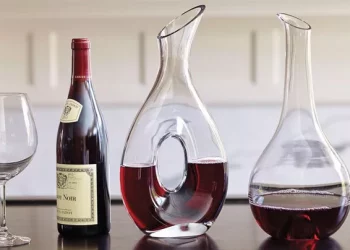Prosecco is a popular sparkling wine made in the Veneto region of Italy. This light and refreshing wine is known for its bright flavors of green apples, peaches, and pears, and its delicate bubbles. Here’s a closer look at how prosecco is made.
Grapes
The main grape used in prosecco production is Glera, a green-skinned grape that is grown in the Veneto region of Italy. The grapes are harvested in late August and early September, at the peak of their ripeness. Glera grapes are prized for their high acidity, which provides the bright, fresh flavor that is characteristic of prosecco.
Winemaking Process
Once the grapes have been harvested, they are crushed and the juice is separated from the skins and seeds. This juice is then fermented in stainless steel tanks at a controlled temperature. After the initial fermentation is complete, the wine is filtered and the second fermentation takes place.
Second Fermentation
The second fermentation is what gives prosecco its signature bubbles. This process is known as the Charmat method, and it involves adding yeast and sugar to the wine, which then ferments in large, sealed tanks. This process creates carbon dioxide, which dissolves into the wine and forms its bubbles. The wine is then aged in these tanks for several months before it is bottled.
Bottling
After the wine has been aged in the tanks, it is bottled and corked. The cork is then topped with a metal cap, which helps to keep the wine fresh and prevents the carbon dioxide from escaping. The final step is to add a small amount of wine to the bottle, which is then sealed with a wire hood to maintain the pressure and keep the bubbles intact.
Final Product
The end result is a light and refreshing sparkling wine with a delicate, creamy mousse and a bright, fruity flavor. Prosecco is typically lighter in body and lower in alcohol than other sparkling wines, making it an ideal choice for aperitifs or as a complement to a variety of foods.
In conclusion, prosecco is made from Glera grapes grown in the Veneto region of Italy. The winemaking process involves two fermentations, the first in stainless steel tanks and the second in large, sealed tanks using the Charmat method. The wine is then aged, bottled, and corked, producing a light and refreshing sparkling wine with a delicate mousse and bright, fruity flavor.












































